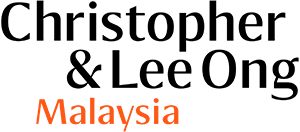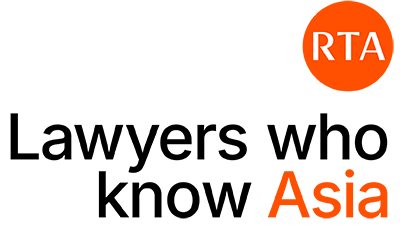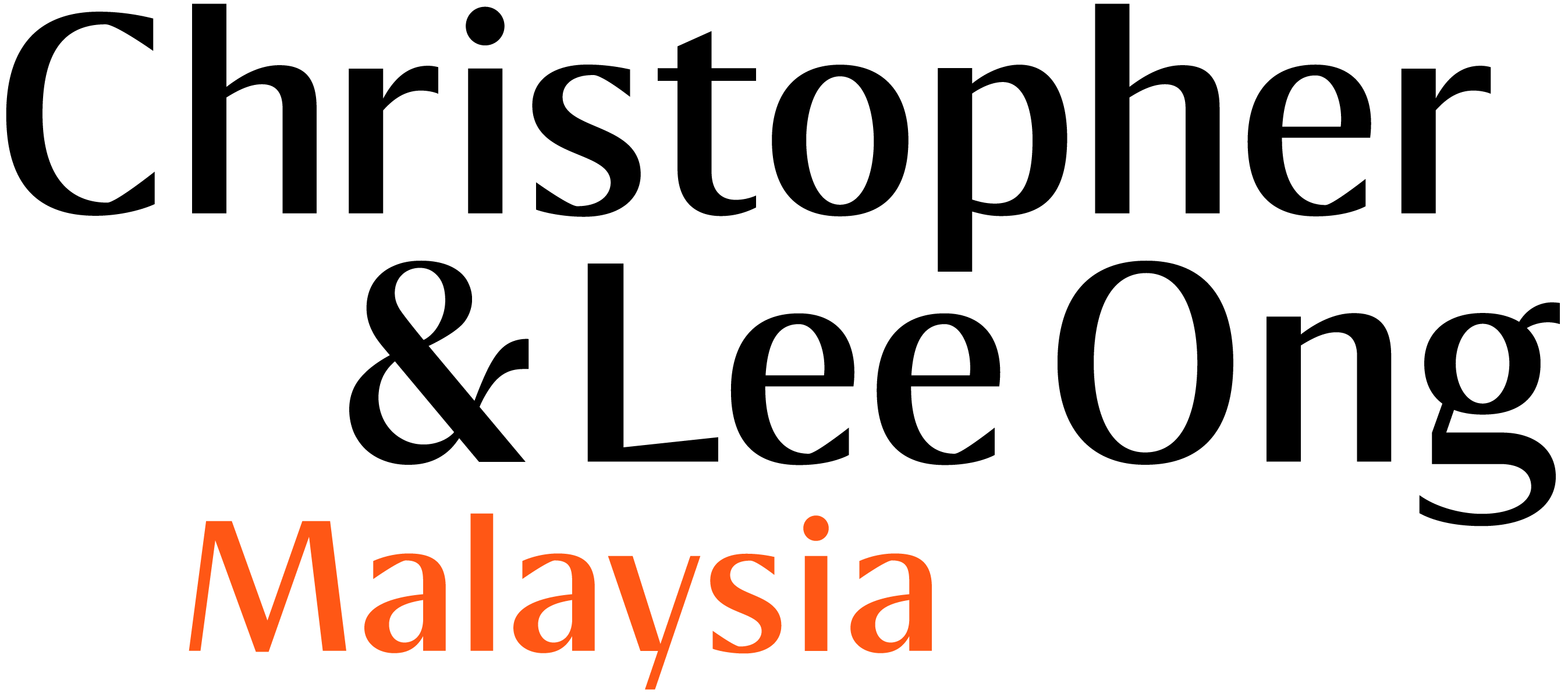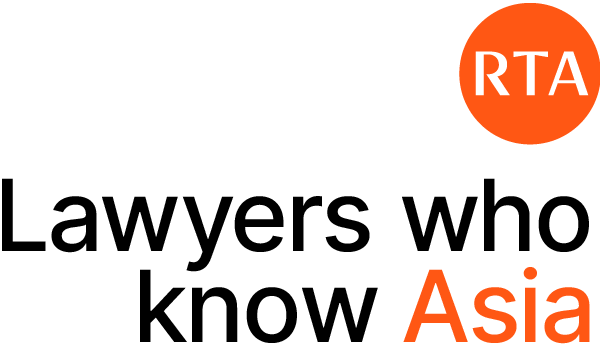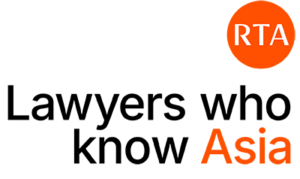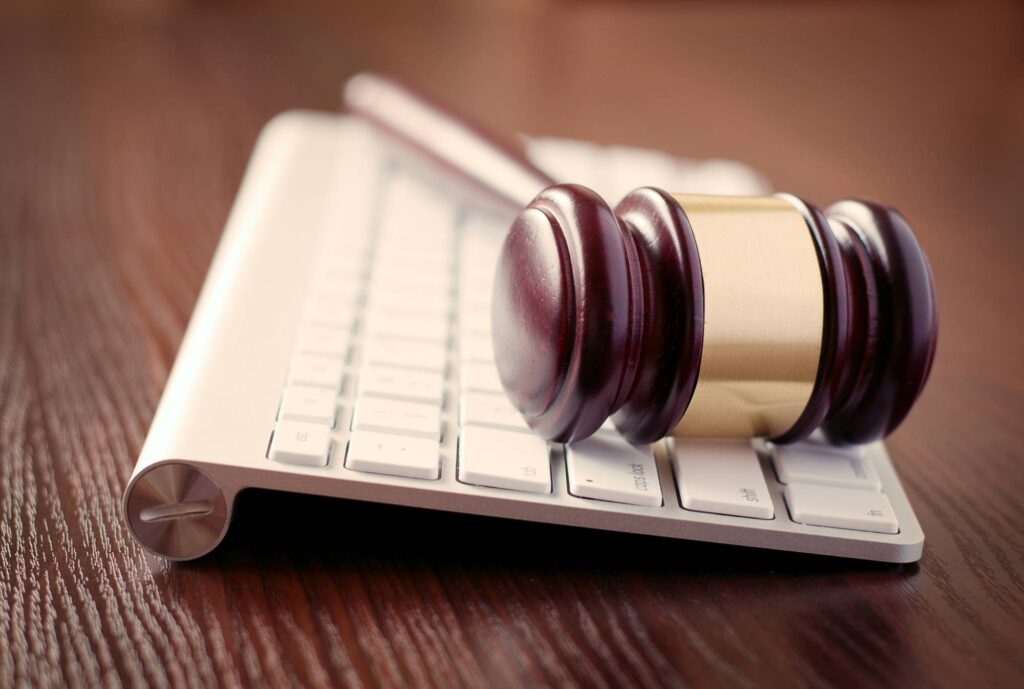Introduction
In the recent case of Siemens Industry Software Inc v KB Engineering Coatings Sdn Bhd [2024] MLJU 2638, an employee’s unlicensed use of software led to allegations of vicarious liability against his employer. The High Court initially dismissed the Plaintiff’s application for summary judgment, but this decision was later overturned by the Court of Appeal. This raises a crucial question: can a company be held vicariously liable for an employee’s copyright infringement, even if it had no knowledge of the act?
Brief Facts of the Case
The Plaintiff is the registered owner of a computer program known as NX12 and its associated license file (“Software“). The Software is registered with the United States Copyright Office under the Plaintiff’s former name, Siemens Product Lifecycle Management Software Inc.[1]
On 14 December 2020, the Plaintiff’s Singaporean based company, Siemens Industry Software Pte. Ltd. (“SISW“) sent a letter to the Defendant in relation to the infringement of the Software intellectual property rights.
Following SISW’s letter, the Defendant conducted an internal investigation and wrote a letter admitting that an employee had downloaded and used the Software for personal purposes on his work laptop.
On 29 January 2021, Simon Wong, the License Compliance Manager for Proactsys (M) Sdn Bhd (“Proactsys“), an independent compliance partner of the Plaintiff, visited the Defendant’s office to investigate potential unlicensed use of the Plaintiff’s Software, and found evidence of the Plaintiff’s Software in the employee’s work laptop.
Consequently, the Plaintiff filed a claim seeking for injunctive relief and monetary compensation for the copyright infringement. The Plaintiff then applied for summary judgment[2] against the Defendant.
Findings of the High Court
The learned High Court Judge dismissed the Plaintiff’s application for summary judgment on the Defendant’s alleged copyright infringement, ruling that there were triable issues, including whether the Defendant could be held vicariously liable for its employee’s actions.
The other triable issues identified by the High Court were:
- Whether the Plaintiff has locus standi to bring the action
- Pursuant to the learned High Court Judge’s own initiative, the High Court found that the Plaintiff was not the proper party to sue, as on Siemens’ website, it showed that “Siemens Product Lifecycle Management Software Inc.” had changed its name to “Siemens Digital Industries Software Inc.,” and not “Siemens Industry Software Inc.” (the named Plaintiff in this action).
- Whether there is a double claim of ownership of the copyright in the Software
- The issue arose because SISW’s letter also alleged ownership of the copyright in the Software.
- Whether SISW or Proactsys unlawfully accessed the Defendant’s computer/laptop
This issue concerns the possibility that SISW or Proactsys may have hacked into the Defendant’s system to obtain information as SISW’s letter had already claimed that the intellectual property rights in the Software had been infringed by the Defendant before the investigation/visit.
- Whether the Defendant’s letter of apology was obtained through misrepresentation and undue pressure
- The Defendant raised concerns that the letter of apology was issued under undue influence exerted by Simon Wong (the License Compliance Officer of Proactsys) and/or the representative of SISW who assured that the dispute between the parties will be resolved without legal intervention or public disclosure.
- Whether the Defendant had knowledge of the Software being downloaded by its employee
- The Defendant claimed it was unaware that its employee had downloaded the Software.
Findings of the Court of Appeal
The Court of Appeal overturned the High Court’s decision and granted the Plaintiff’s application for summary judgment. It ruled that the Plaintiff had successfully established a claim for copyright infringement, holding the Defendant vicariously liable, and that there were no triable issues based on, among others, the following:
- Plaintiff’s Prima Facie Ownership of Copyright
- The Plaintiff proved its ownership of the Software’s copyright by submitting the required affidavit and certified extracts from the Register of Copyright under section 42(1) of the Copyright Act 1987. This served as prima facie evidence that the Plaintiff is the rightful copyright owner. It was then for the Defendant to offer positive evidence to displace the prima facie ownership established by the Plaintiff.
- Defendant’s Copyright Infringement
- The Court found that the Defendant had infringed the Plaintiff’s copyright under section 36(1) of the Copyright Act 1987. Evidence showed that a tampered Plaintiff licence file, which enabled access to all modules of the Plaintiff’s Software, was discovered on the Local Disk C of a work laptop belonging to the employee of the Defendant. The Court concluded that the act amounted to copyright infringement. Additionally, the Defendant admitted to the unlicensed use of the software in its letter.
- Vicarious Liability
- On the issue of vicarious liability, the Court held that a full trial was unnecessary. The Court stated that an employer can be held vicariously liable if an employee’s unauthorised act is closely connected to their duties.
Here, the Defendant claimed that the employee had downloaded the Software for personal educational use. However, this claim was unsupported by any documentary evidence. Instead, the Software was found on the employee’s work laptop and used during his employment. Given these facts, the Court concluded that the Defendant should be held vicariously liable for the infringement. The Defendant’s argument that as an artificial entity, it cannot commit infringement, does not absolve it of liability for its employee’s actions in copyright infringement.
- Double Claim of Ownership
- SISW’s letter did not explicitly claim ownership of the Software. It also failed to meet the requirements of section 42 of the Copyright Act 1987, thereby leaving the Plaintiff’s prima facie ownership intact.
- Defendant’s Lack of Knowledge
- Copyright infringement is strict liability in nature. The Defendant’s knowledge, intent, or innocence is irrelevant to the determination of liability.
- Alleged Undue Influence pertaining to the Letter of Apology
- The wording of the letter was clear and unambiguous. It was unlikely for the managing director of the Defendant to be pressured into issuing such a letter if the claims of downloading and using the counterfeit Software were false.
Our Commentary
This case serves as a stark reminder that pleading ignorance is no defence – an employer can be held vicariously liable for an employee’s copyright infringement, regardless of knowledge or intent. The legal and financial repercussions of such liability can be severe.
To mitigate these risks, companies must go beyond having policies on paper. They must enforce strict software usage policies, ensuring that only genuine, company-approved software is used, while strictly prohibiting all unauthorised downloads. Policies should not be mere formalities but must be actively implemented, monitored, and reinforced.
Regular training sessions should be conducted to educate employees on software compliance and copyright laws. In addition, periodic audits and compliance checks must be carried out to detect and prevent unauthorised software use before it escalates into a legal issue.
Crucially, companies must take firm action against non-compliance. A mere slap on the wrist is insufficient. Without these safeguards, companies expose themselves to significant legal and financial liability, even if they were unaware of the infringement.
This case is currently pending before the Federal Court, where leave to appeal has been granted.
__________________________________
[1] Siemens Product Lifecycle Management Software Inc. later changed its name to Siemens Industry Software Inc (i.e. the Plaintiff)
[2] A summary judgment, as the name suggests, is a court ruling in favour of the claimant without a full trial, based on the court’s determination that the defendant has failed to proffer a valid defence or raise any other reasons for trial.
Disclaimer
Rajah & Tann Asia is a network of member firms with local legal practices in Cambodia, Indonesia, Lao PDR, Malaysia, Myanmar, the Philippines, Singapore, Thailand and Vietnam. Our Asian network also includes our regional office in China as well as regional desks focused on Brunei, Japan and South Asia. Member firms are independently constituted and regulated in accordance with relevant local requirements.
The contents of this publication are owned by Rajah & Tann Asia together with each of its member firms and are subject to all relevant protection (including but not limited to copyright protection) under the laws of each of the countries where the member firm operates and, through international treaties, other countries. No part of this publication may be reproduced, licensed, sold, published, transmitted, modified, adapted, publicly displayed, broadcast (including storage in any medium by electronic means whether or not transiently for any purpose save as permitted herein) without the prior written permission of Rajah & Tann Asia or its respective member firms.
Please note also that whilst the information in this publication is correct to the best of our knowledge and belief at the time of writing, it is only intended to provide a general guide to the subject matter and should not be treated as legal advice or a substitute for specific professional advice for any particular course of action as such information may not suit your specific business and operational requirements. You should seek legal advice for your specific situation. In addition, the information in this publication does not create any relationship, whether legally binding or otherwise. Rajah & Tann Asia and its member firms do not accept, and fully disclaim, responsibility for any loss or damage which may result from accessing or relying on the information in this publication.
